The Toyota RAV4 PHV is the latest plug-in hybrid car to crack the magic 100 km/l efficiency mark (1.0 litre/100 km) WLTP.
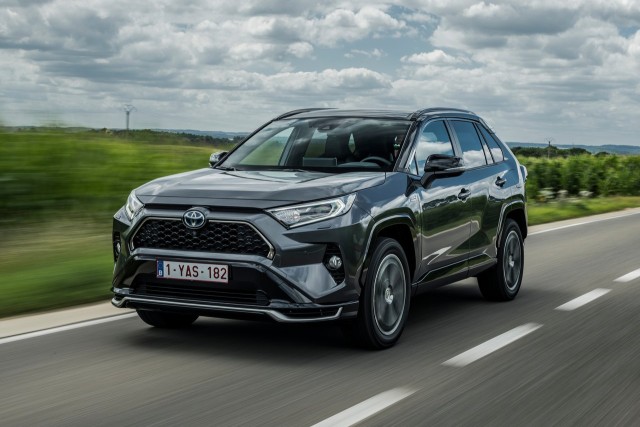
The Worldwide-harmonized Light-vehicle Test Procedure (WLTP) has had manufacturers scurrying to make their vehicles efficient off the test bed and in the real world with a long loop ensuring a more accurate real-world usage; thanks also to the RDE (Real-world Driving Emissions) tests. The new Toyota RAV4 PHV is the next car, after the Mercedes-Benz A 250 e hatchback, to be rated at 1.0 litre/100 km or 100 km/litre fuel efficiency mark on the WLTP cycle, with 22 g/km of CO2.
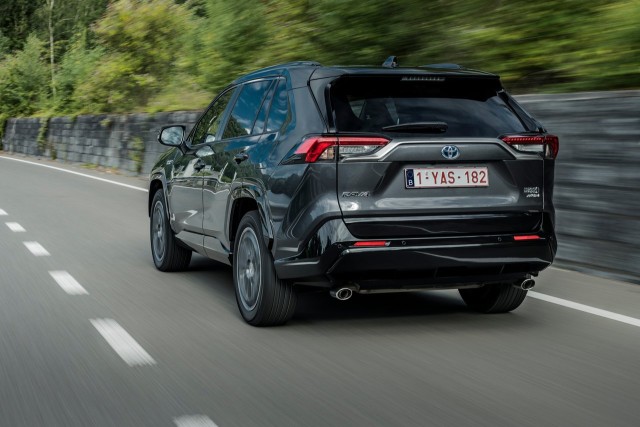
The RAV4 has become somewhat of an understated icon for Toyota when it first arrived in 1994. It paved the way for the brand’s crossover SUVs and, following the introduction of the present generation model in April 2019, the new model RAV4 plug-in hybrid electric vehicle (PHEV) now arrives. It augments the RAV4’s performance and flexibility with by bringing to life the full potential of a plug-in hybrid system, while offering extensive cruising range and aiming to be even more fun to drive. The RAV4 is built on the GA-K platform and measures 4.6 metres long and has a 2,690-mm wheelbase.
The Toyota RAV4 PHV was first shown in June in Japan and has now undergone its mainstream testing phase for sale in select global markets. It combines the popular 2.5-litre “Dynamic Force” four-cylinder, Atkinson-cycle petrol engine – also seen in the Camry, Vellfire and the Lexus ES 300h, among others – with the next-generation “THS II” Toyota Hybrid System. The petrol engine, producing 177 hp at 6,000 rpm and 219 Nm at 3,600 rpm, is backed by two electric motors – one each at the front-mid and the rear – with a large 18.1-kWh 355-volt lithium-ion battery pack being the primary energy storage.
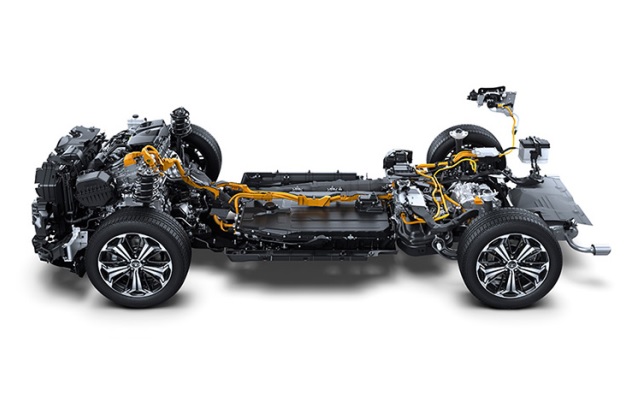
A 134-kW front motor delivers 182 hp and 270 Nm, with the 40-kW rear motor serving up 54 hp and 121 Nm of instant go. Drive is modulated smartly to allow for maximum traction and minimum consumption as needed, with four-wheel drive and maximum stability a split-second away when needed. The combined system output is 225 kW or 306 hp. Peak torque isn’t stated but it is, clearly, significant; with an estimated 300+ Nm always available from the word ‘go’. Since it’s important to some people, the Toyota RAV4 PHV can hit 0-100 km/h in 6.0 seconds.
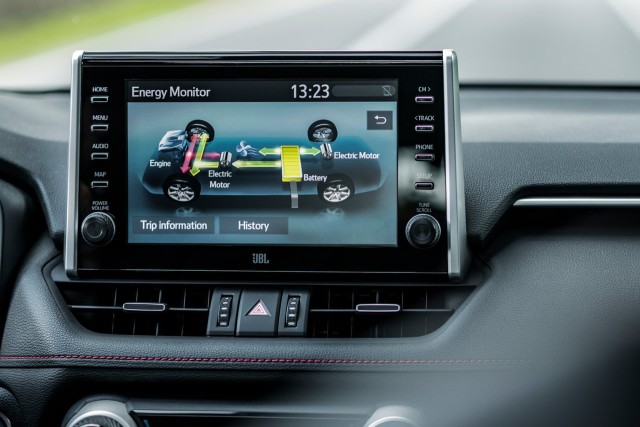
The key factor, apart from the fuel efficiency, is the cruising range. The large battery pack offers up to 95 km of range and speeds of up to 135 km. The 55-litre fuel tank and incredible hybrid efficiency see Toyota claim a range of more than 1,300 km. The battery is able to supply power with engine switched off. Furthermore, the engine doesn’t fire to life at once. A warm-up procedure ensures that the engine is ready to fire up at cruise speed when necessary, thereby enhancing life and reducing emissions. This is indicated by the glowing mode button on the centre console – glowing blue for this phase, green for “Eco” and red for “Sport”.
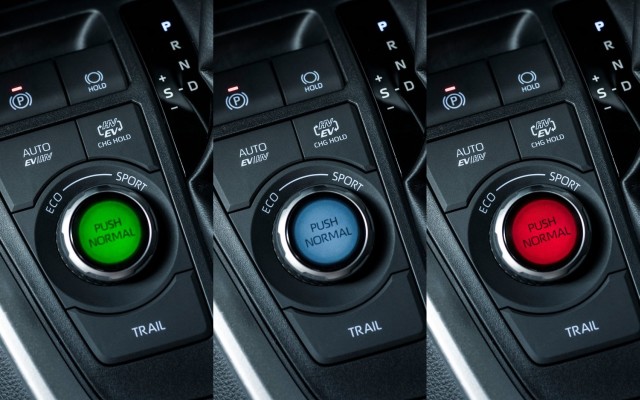
The process of charging the battery is possible in 2.5 hours using a 230 V/32 A connection. Owners may also use the “MyT” app to schedule and monitor battery charging remotely and also operate the air conditioning system to warm up or cool the cabin before getting in. Prices start from ¥ 46.9 million (Rs 32.5 lakh approx).
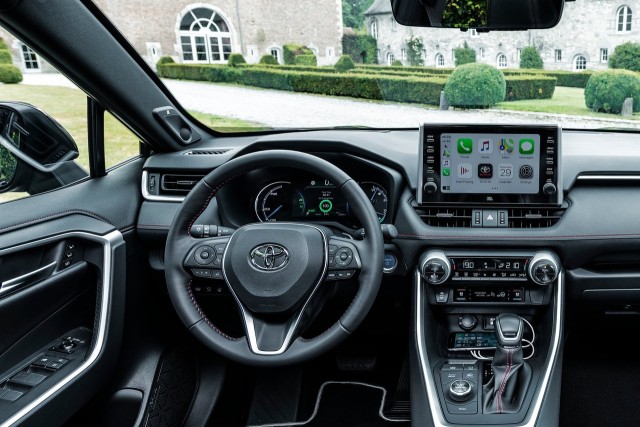

















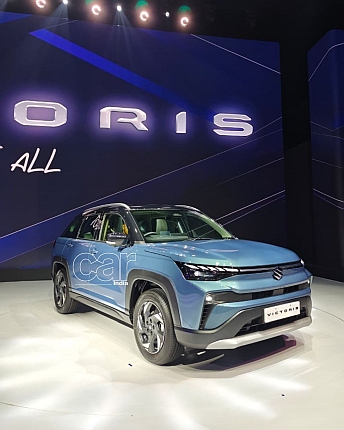
Leave a Reply